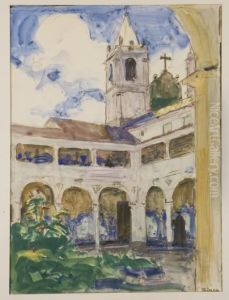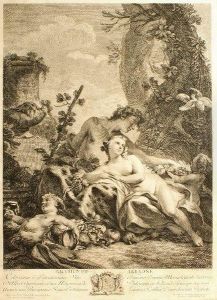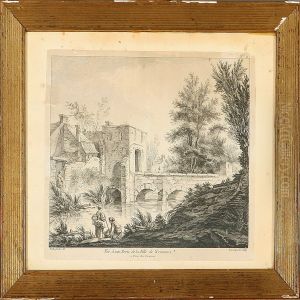Louis-Simon Lempereur Paintings
Louis-Simon Lempereur was a French engraver and printmaker born in 1728 in Paris, France. He was a prominent figure in the French art scene during the 18th century, known for his expertise in the technique of engraving. Lempereur was active during a period in which printmaking was an essential means of disseminating art and information, serving both as a reproductive medium for other artworks and as an original form of expression.
Lempereur studied under the tutelage of several esteemed artists of his time, including the likes of Jacques-Philippe Le Bas. He honed his craft in the classical style, which was prevalent during the era, and his engravings often reflected the elegance and attention to detail that characterized the Rococo movement. His skill set included both line engraving and etching, which allowed him to replicate the works of contemporary painters and to create his original compositions.
Throughout his career, Lempereur contributed to the world of printmaking by reproducing the works of notable artists such as François Boucher, Jean-Honoré Fragonard, and Jean-Baptiste Greuze. His engravings served to popularize the works of these painters and to make them accessible to a broader audience. Additionally, he was involved in the production of illustrations for books, an important aspect of the printmaking business during his time.
Lempereur's engravings are characterized by their clarity, precision, and the ability to convey the textures and subtleties of the original paintings. His works were not merely copies but interpretations that added a new dimension to the pieces he engraved. His legacy includes a vast body of work that provides valuable insight into the artistic tastes and cultural milieu of 18th-century France.
Louis-Simon Lempereur passed away in 1807, leaving behind a significant contribution to the art of engraving. His work continues to be studied and appreciated for its technical mastery and its role in the promotion and preservation of French art during the Rococo period and beyond.


